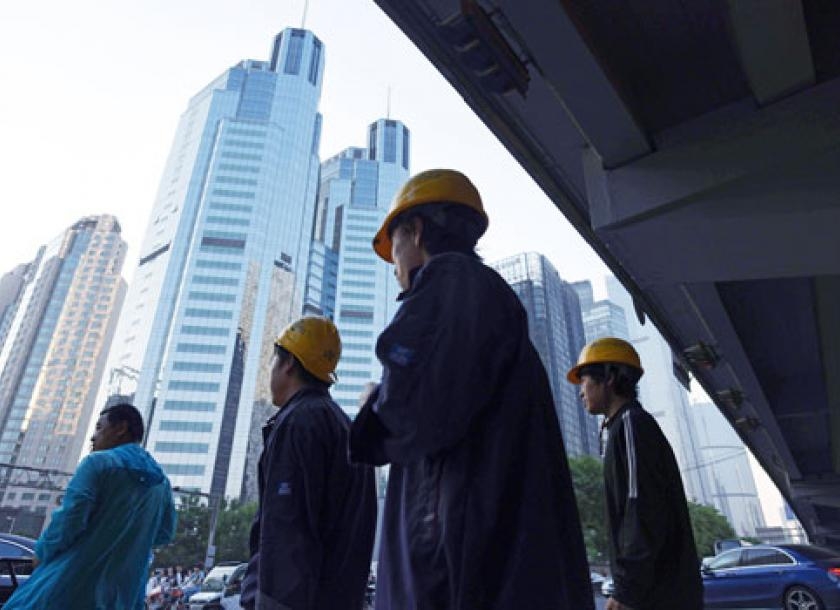
How the Belt and Road Initiative is opening up business opportunities
The Belt and Road Initiative offers opportunities not only for Chinese companies but also for foreign firms.
With many regions around the world suffering from low investments and a lack of infrastructure, the BRI is highly viewed as an initiative that can boost connectivity, trade and growth.
Since the project was first put forward six years ago, the BRI has achieved many positive outcomes. The trade volume of goods between China and countries joining the BRI has reached more than US$6 trillion. China’s direct foreign investment to those countries has exceeded US$80 billion. Through the BRI framework, China and 43 countries have jointly built 82 economic and trade cooperation zones, which drove the interest of nearly 3,500 enterprises, created more than 244,000 local jobs, and contributed US$2.2 billion of taxes to the host countries.
If so far the majority of the companies constructing projects are Chinese, more opportunities are rising for both local and foreign contractors to take part in BRI projects.
A key part of the BRI is to develop joint ventures between Chinese firms and local private enterprises or government entities. One example is the “Moscow-Kazan” high-speed railway which is expected to be completed for 2020. This project was funded primarily by China, but it is jointly built by Russian Railways and other Chinese firms. A signature South East Asia BRI project is the 10 billion dollar Melaka Gateway in Malaysia which features a deep-sea port and a cruise terminal. This is a joint venture developed by local (KAJ Development) and Chinese firms (PowerChina International, Shenzhen Yantian Port Group and Rizhao Port Group).
The BRI is open for foreign multinational corporation participation. Cooperation can be conducted through service and equipment provision or through joint projects where multinational corporations and Chinese companies cooperate with resources knowledge and profits. US General Electric (GE) and the German automation company Siemens AG are participating in BRI partnerships providing Chinese firms with technology support, equipment supply, and financial and operating solutions.
GE signed a Memorandum of Understanding with China National Machinery Industry Corp (Sinomach) in September 2015 to that will bring clean energy projects to Sub-Saharan Africa. GE is also partnering with over 30 Chinese engineering, procurement and construction (EPC) companies in more than 70 markets in BRI countries, which includes collaborating on more than ten power projects in Pakistani. Siemens is partnering with more than 100 Chinese EPC companies in more than 60 overseas markets. The company expects the BRI to represent a cumulative potential of more than US$1 trillion over the next decade.
As the BRI continues, more opportunities are opening up for foreign companies.











